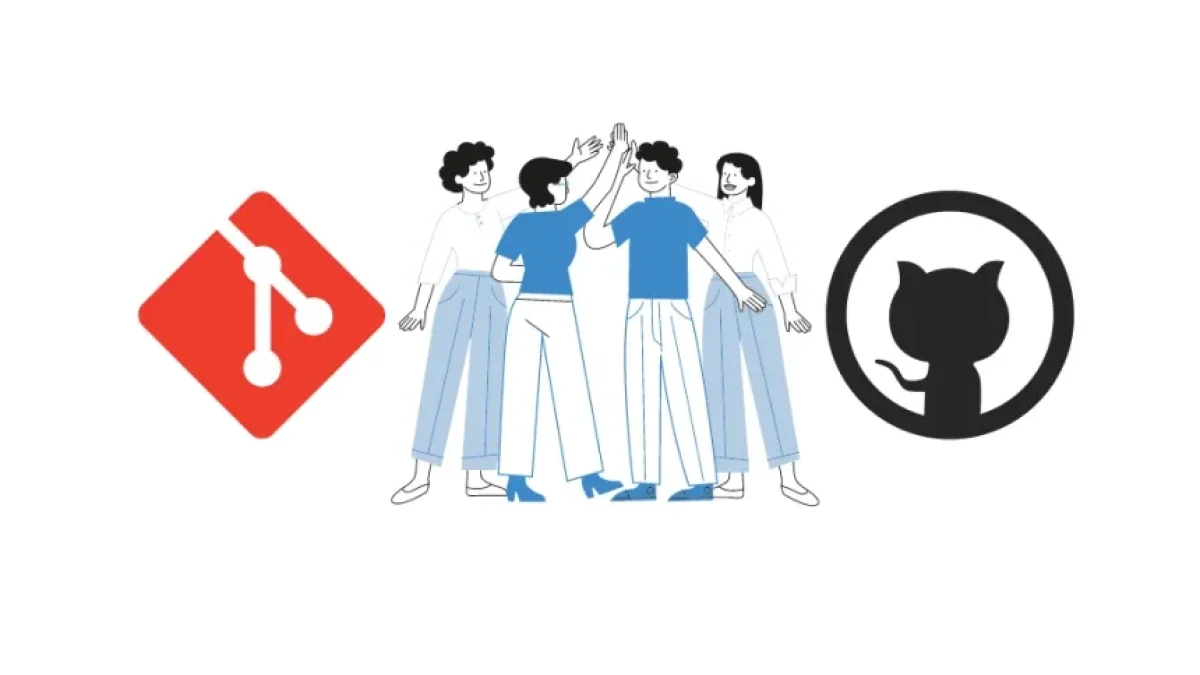How to Use Git and GitHub Advancedly for Managing Collaborative Projects


Managing collaborative projects has become essential in the field of software development. Two key tools that have revolutionized this area are Git and GitHub. In this article, we will explore how to use these tools in advanced ways to optimize teamwork and improve the efficiency of your projects.
What are Git and GitHub?
Git
Git is a distributed version control system that allows developers to track changes in source code during software development. It is highly efficient and can handle large projects quickly. Git enables parallel work, meaning that multiple developers can work simultaneously without interfering with each other.
GitHub
GitHub is a web-based platform that uses Git for project management. It provides a collaborative environment where developers can host their repositories, conduct code reviews, manage issues, and document their projects.
Initial Setup of Git and GitHub
Installing Git
To get started with Git, you first need to install it on your machine. You can download the latest version from the official Git site and follow the specific instructions for your operating system.
Read also
Configuring Git
After installing Git, it's important to configure it with your user information:
git config --global user.name "Your Name" git config --global user.email "your.email@example.com"
Creating a GitHub Account
If you don't have a GitHub account yet, you can create one by visiting GitHub.com. Once you have your account, you can create new repositories and collaborate on projects.
Advanced Work with Git
Branches in Git
Branches are fundamental for collaborative work. They allow you to work on new features or fixes without affecting the main branch (main or master). Here are some advanced operations with branches:
Creating and Deleting Branches
git branch new-branch # Creates a new branch git checkout new-branch # Switches to the new branch git branch -d branch-name # Deletes a branch
Merging Branches
Merging allows you to integrate changes from one branch to another. To do this:
git checkout main # Switches to the main branch git merge new-branch # Merges changes from new-branch
Resolving Merge Conflicts
Sometimes, there may be conflicts when merging branches. Git will show you which files are in conflict, and you will need to resolve them manually. Then, mark the conflict as resolved:
git add conflicting-file git commit -m "Resolved conflict in file"
Advanced Usage of GitHub
Pull Requests
Pull Requests are essential for code review. They allow collaborators to propose changes to the repository. To create a Pull Request:
- Push your branch to the remote repository:
git push origin new-branch
- Create a Pull Request from the GitHub web interface.
Issues and Projects
Use the Issues tab on GitHub to manage tasks, bugs, and enhancements. Additionally, Projects allow you to organize and visualize work using kanban boards.
GitHub Actions
GitHub Actions is a powerful tool for workflow automation. You can set it up to perform tasks like automated testing, deployments, and more. A basic example of a .github/workflows/ci.yml file might be:
name: CI
on: [push]
jobs:
build:
runs-on: ubuntu-latest
steps:
- name: Checkout code
uses: actions/checkout@v2
- name: Run tests
run: npm testBest Practices for Project Management
Clear and Descriptive Commits
Each commit should be clear and descriptive. Use messages that explain why the changes were made.
Use of Tags
Tags can be useful for marking important versions of the project. You can create a tag using:
git tag -a v1.0 -m "Version 1.0" git push origin v1.0
Documentation
Keep your project documentation up to date. Use the README.md file to provide essential information on how to contribute, set up, and run the project.
Conclusion
Advanced use of Git and GitHub can transform the way you manage collaborative projects. By leveraging features like branches, Pull Requests, and GitHub Actions, you can enhance collaboration with your team, facilitate code reviews, and automate processes.
With these tools in your arsenal, you will be better prepared to tackle the challenges of collaborative development and deliver high-quality projects. Start using Git and GitHub in advanced ways today and feel the difference!


















